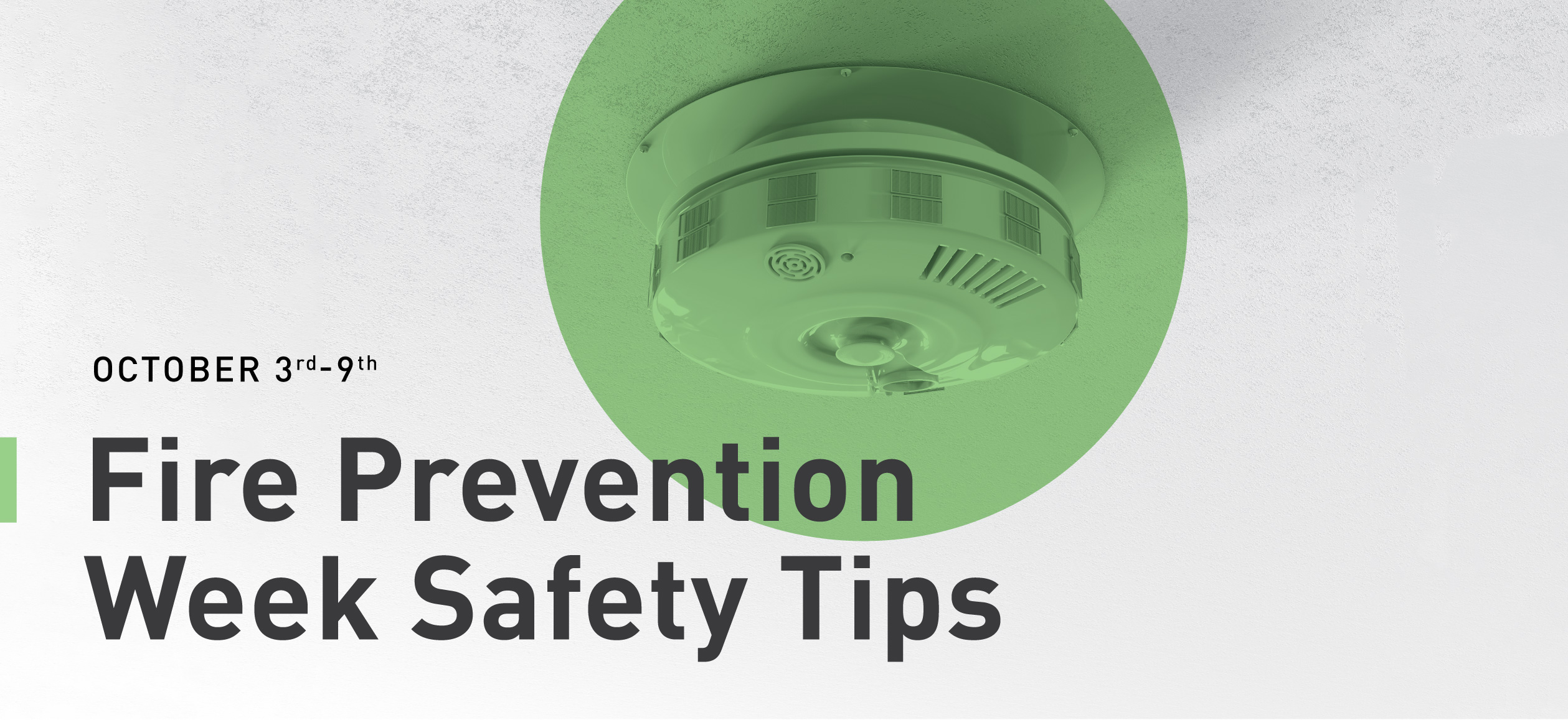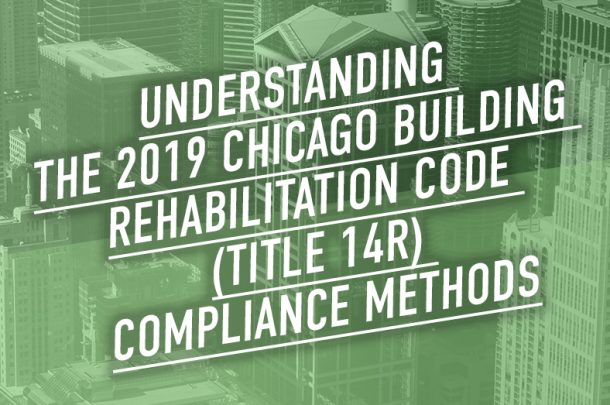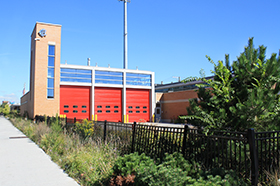
It’s Fire Prevention Week (and Month)! Each year, Fire Prevention Week takes place during the week of October 9th to commemorate the Great Chicago Fire, which began on October 8, 1871. The U.S. has observed Fire Prevention Week for nearly 100 years, making it the longest running public health campaign in the country. As a Fire Protection Engineer and Chicagoan, I am doubly invested in this campaign and want to take the opportunity to both educate and promote the importance of fire prevention. This year’s theme is to “Learn the Sounds of Fire Safety!” Timely, as I use Fire Prevention Week as a reminder each year to change the batteries and check the dates on all the smoke and carbon monoxide (CO) alarms throughout the house.
Smoke alarms, whether hardwired or battery-operated, should be replaced every 10 years. CO detectors should be replaced every five years, or as directed by the manufacturer. A good tip here is to also write the ‘installed date’ on the device with permanent marker, and both devices should be tested monthly. Personally, I would suggest that all parents use the monthly testing as a teaching opportunity for their children so they can learn the sounds of fire safety. I would also suggest using this week as an opportunity to reevaluate the fire safety plan for the household. If you currently don’t have a family fire safety plan, then it’s time to create one! Particularly if you have younger children, as things are dynamic and things in the home change. As children get older and become more capable of self-preservation, it is also a good reminder to revisit the plan.
Allow me a brief anecdote: my husband was cooking and managed to set off the smoke alarm. In our home the alarms are interconnected, so all devices throughout the house were sounding. My daughter, who was two at the time, ran and hid in her play tent. As a fire safety professional, I am ashamed to admit that I had not yet taught her the right protocol. She did what most kids commonly do – she hid. In an emergency this is the last thing you want your child to do. Previously, I used to test the alarms when my daughter was not home, but this scenario led me to rethink that. Now I use monthly testing more as a drill to remind her of what we do when we hear the smoke alarm. I am happy to report the next time we had a false alarm (by now you’re probably questioning my husband’s cooking, but I swear he’s a great cook), my daughter ran right to where we taught her to meet us when the alarm went off.
Your fire safety plan will vary depending on the age of your children and other factors in your home. For instance, with small children you might have gates or door hardware to prevent wandering, but those may also inhibit escape in an emergency. In this situation you might teach your child to wait for an adult at the front or back door, wherever is safe. If your bedrooms are on the second floor and your child is confined by a gate at the stairs, you might teach them to lay on the floor next to the bed and wait for an adult there. This way they are not hiding, are low to the ground to keep away from potential smoke, and a parent or the fire service will know exactly where to find them. As children get older and more capable of self-preservation and evacuation, your plan might involve a meeting place outdoors, perhaps at a specific light pole. A good rule of thumb is to also discuss two ways out of each room. One of those ways could be through a window and may require an adult’s help. In our home, we keep evacuation ladders in each second-floor bedroom. Certainly, our child cannot yet utilize it on her own, but it provides an additional evacuation route from each room in case of emergency.
Why am I telling you all these tidbits? Because I want you to take this week/month to do a few simple things in your home that will keep your family safe in the event of a fire:
- Make sure you have properly located smoke alarms in your home. Be sure you have them in every bedroom, within 15 feet of all sleeping rooms, and on all levels of the house, including the basement.
- Test your smoke alarms monthly. I like to test them on the first Tuesday of the month, as the tornado siren tests in Illinois serve as a great reminder.
- If your smoke alarms use batteries, replace them at least annually.
- Have a family fire safety plan. Review it and practice regularly!
For more information and additional tips on this important topic please visit some of the following resources:
- https://www.nfpa.org/Events/Events/Fire-Prevention-Week
- https://www.nfpa.org/~/media/Files/FPW/Educate/2021/FPW21FamilyActionPlanCombined.ashx
- https://www.nfpa.org/-/media/Files/FPW/Safety-tip-sheets/2021/FPW21ThemeSafetyTipSheet.ashx
- https://www.nfpa.org/Events/Events/Fire-Prevention-Week/-/media/0772CFD3FAA242BE966871480E74F3D4.ashx







 Saving Lives with Mass Notification Systems
Saving Lives with Mass Notification Systems 







